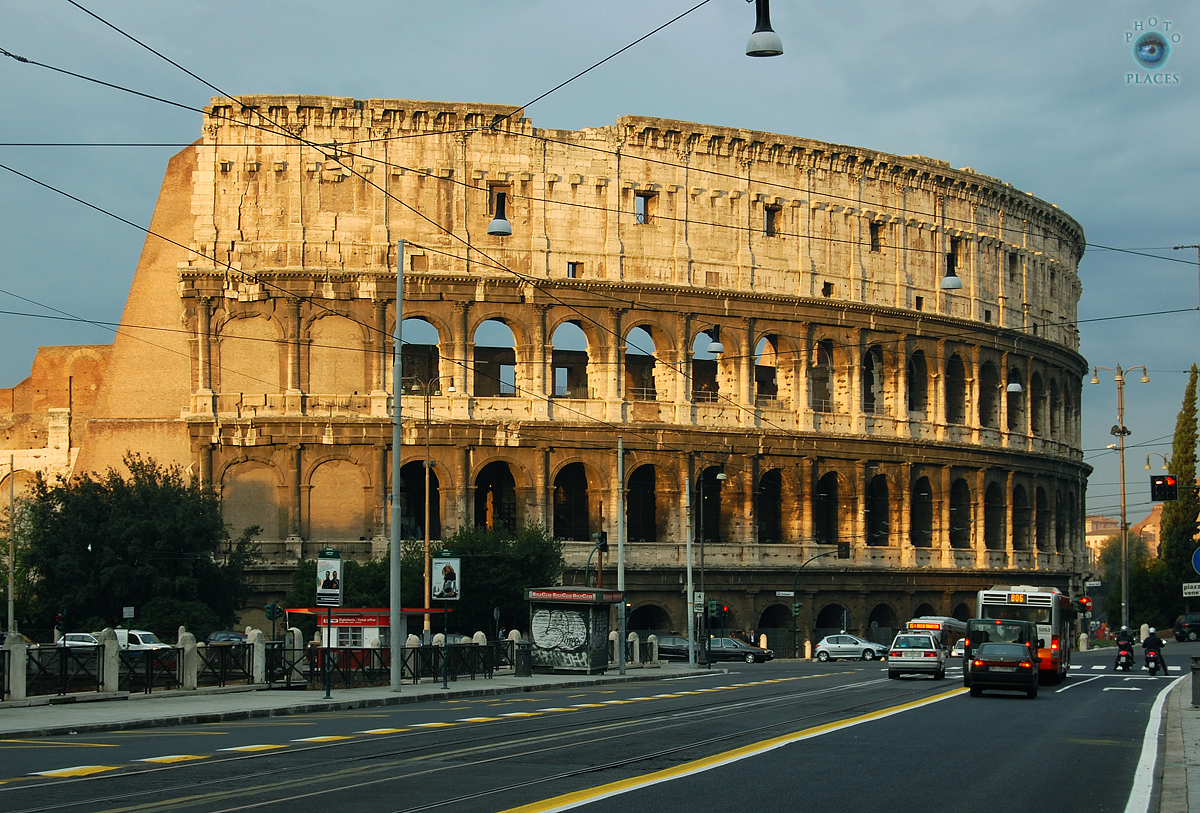Travel Guide with beautiful photos and exciting descriptions of the most amazing and unique places in Baltic states and Europe.
Palais de la Bourse is an ornate 19th Century building in Lyon, occupied by Chamber of Commerce and Industry of Lyon.
The decoration of the building, both in its facades that its interior, reflects the destination of the building : the statues of Justice, the Temperance, Agriculture, Trade and Industry. The group around the clock on the facade is the work of Jean-Marie Bonnassieux. The exterior white marble statue, near the stairs and the Place des Cordeliers, is an allegory that personified Saône and Rhône joining their arms to point to the future. It was made in 1905 by sculptor Wermar.
The two fronts at north and south are richly decorated with many entablatures, balconies and columns. Most paintings of interior ceilings are the work of artists from Lyon such as Antoine Claude Ponthus-Cinier or Jean-Baptiste Beuchot.
[Wikipedia]
| MAIN FACTS | |
|---|---|
| LOCATION | Lyon, France |
| ARCHITECTURE | Neo-Renaissance |
| BUILT | 1860 |
| ARCHITECT | René Dardel |
| RATING (8,41/10) |  |
BUY PHOTOS OF PALAIS DE LA BOURSE, LYON



























